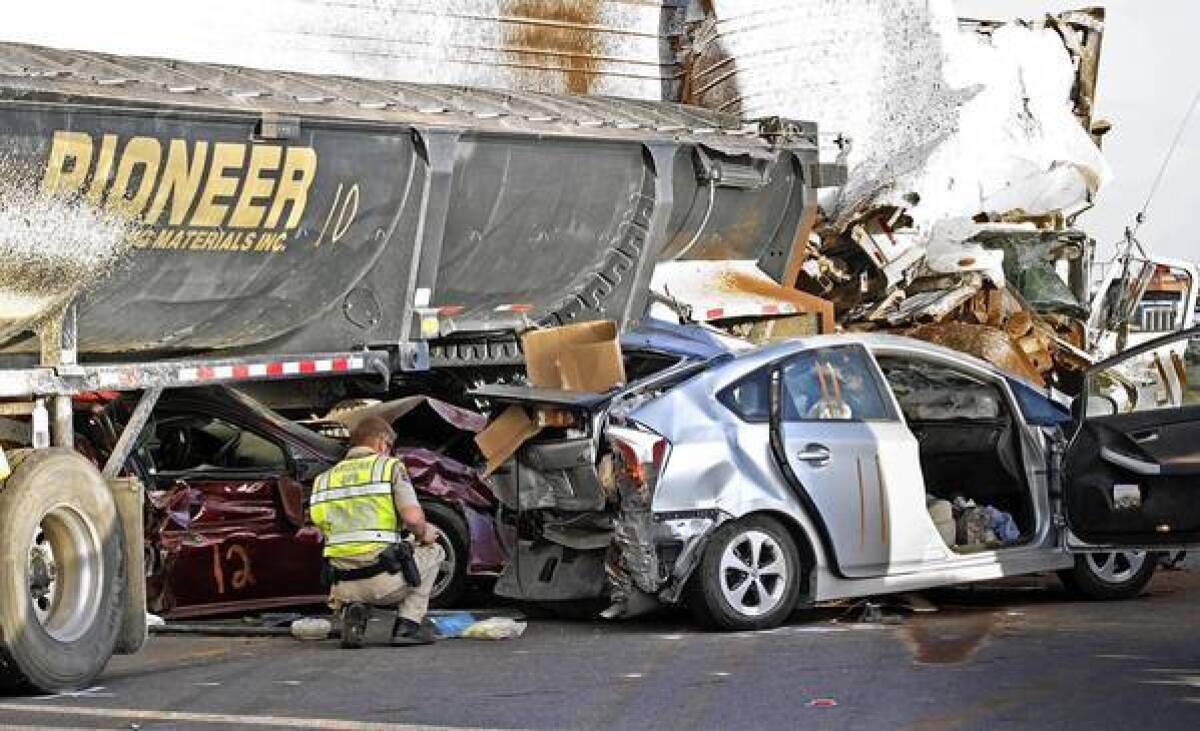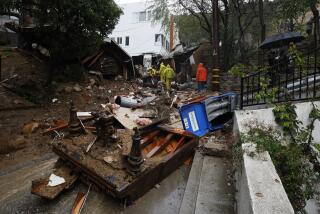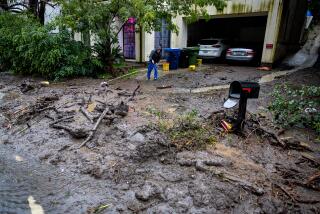Along an Arizona highway, dust storms are a deadly part of life

The intense dust that blew through a stretch of highway, killing three people and injuring others Tuesday, is nothing new for the residents of a southern Arizona town between Tucson and Phoenix.
Every couple years a dense ribbon of dust — roughly a quarter-mile high and 20 to 30 miles long — causes a wreck along the same stretch of highway, near the town of Picacho, said Ken Waters, a warning coordination meteorologist for the National Weather Service in Phoenix.
Edward Bruce Martan, 63, was born and raised in this town and said he can almost sense when a ribbon is about to hit.
“You can feel it,” he said. “It’s when a cool weather front comes through. You can just predict it. It’s the same place every time. Milepost 214.”
Since 2009, at least four fatal crashes — including last week’s 19-vehicle pileup — occurred on that stretch of Interstate 10, Arizona officials said. The latest also injured 12 people, making it the worst so far, Arizona Department of Public Safety spokesman Bart Graves said.
The area is known for the natural landmark of Picacho Peak. The dark, jagged butte looms within Picacho Peak State Park, where winds are rarely an issue, Ranger James Head said.
“You don’t get these ribbons out here,” he said.
The veteran ranger parked his truck at Sunset Vista on the southeastern edge of the park and pointed north.
A mile and a half away, the park’s carpet of saguaros, palos verdes and volcanic rock tapers off into a clear, sandy plain below. Barely any weeds. Mostly dust.
Waters says there are several kinds of dust phenomena in this region of Arizona.
One can occur between June and September, triggered by monsoons. These are large-scale dust storms that resemble a huge wall of dust — sometimes thousands of feet high and up to 100 miles wide — traveling as much as 200 miles across the state. Sparked by a storm, they produce a very strong outflow of winds that push away from the thunderstorm.
Then there is the kind that occurred here last week, known as a dust ribbon because it resembles a narrow but dense band of dust that creates zero visibility. These ribbons usually arrive with a cold front, when the wind is blowing in from the southwest.
Tuesday’s pileup won’t be the last, Waters said. “You have no warning or indication of them,” he said, “and people try to drive through and all you need is for two cars to collide because they can’t see each other … and it can just cause this horrible situation.”
Most locals know better than to get on the roads during rough winds.
For Martan, dust and wind have always been part of life in this unincorporated area of about 400 people.
When he was a child, some of the dust storms were an opportunity for play. Martan and his friends would fashion swords out of scrap wood, fighting the tumbleweeds bouncing toward them from the south.
As a teenager, he once had to pull his Volkswagen Bug off the highway when he got caught in such a storm. After the storm passed through, he said, a cloud of dust still lingered in the car’s interior.
“It was so dusty I couldn’t see the instrument panel in my car,” Martan said and let out a chuckle.
A graying man with a weathered face who is often followed by an entourage of six female Chihuahuas, Martan says he’s seen the dust ribbon aftermath firsthand. He’s a tow truck driver and responds to many of the crashes.
The dust gets in his ears. His eyes. His lungs. Everywhere.
“Everyone just kind of accepts it,” Martan said.
He then brushed some dust off his work shirt.
More to Read
Start your day right
Sign up for Essential California for news, features and recommendations from the L.A. Times and beyond in your inbox six days a week.
You may occasionally receive promotional content from the Los Angeles Times.







